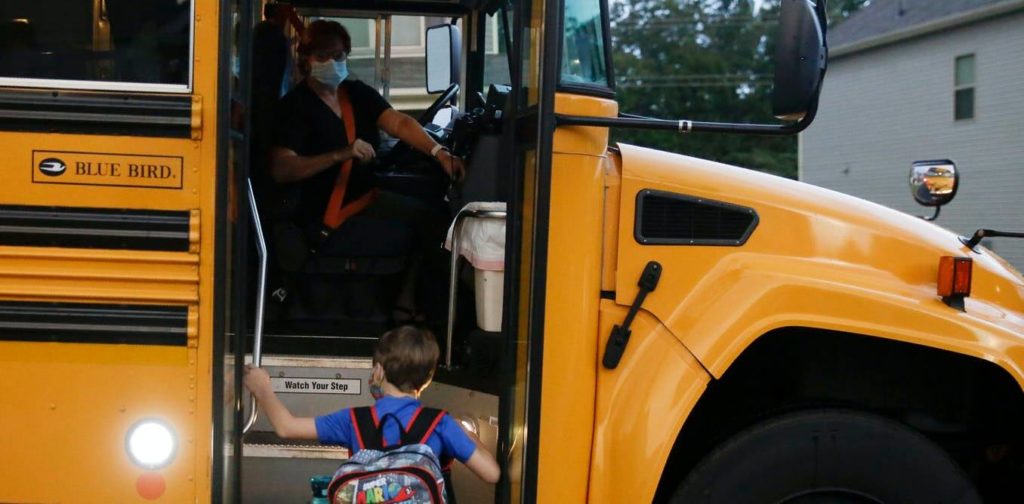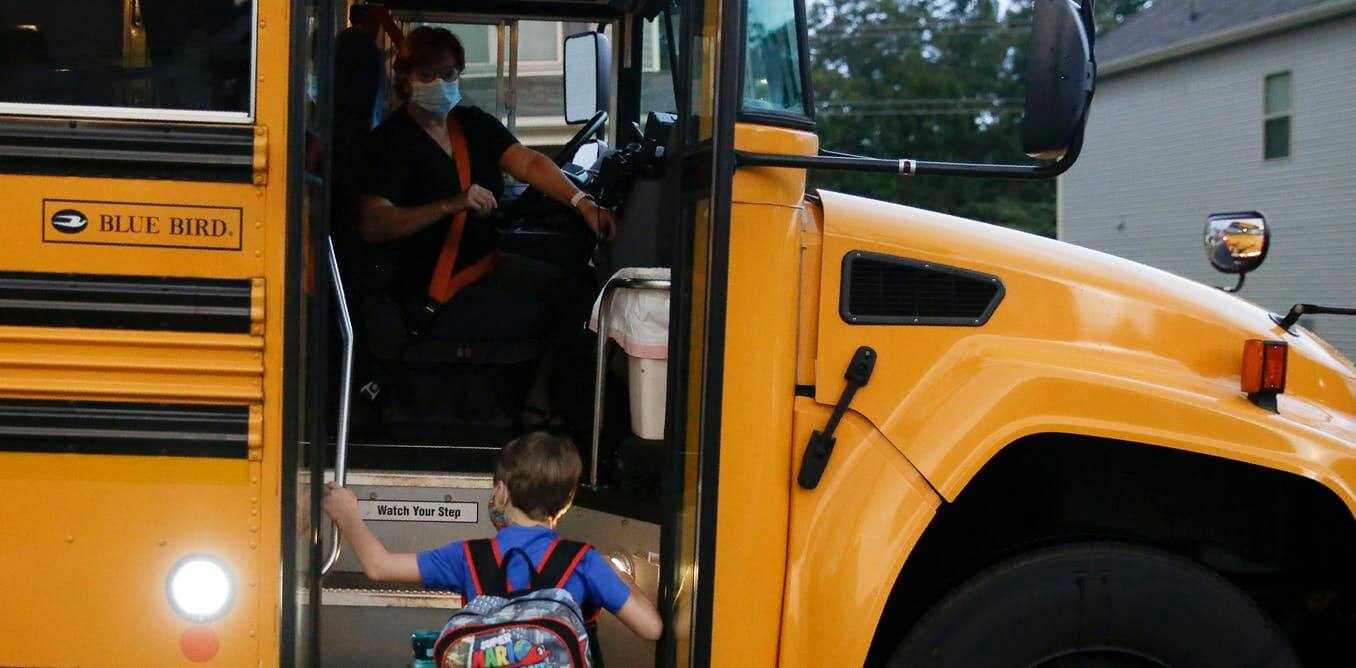With the back-to-school season right around the corner, it’s time to gear up and get to work. Naturally, both children and parents are looking forward to a return to normalcy. In addition to gathering school supplies and planning timetables, parents should also teach their children how to properly walk to school.
This school year, there are additional safety concerns because many children haven’t walked to school since the outbreak began, if at all, and parents’ drop-off and pick-up practices may be rusty.
Make Your Child’s Commute Back Home From School Safer
There are ample things that children do while they are on the way back home but now it is time to make them change their habits. Due to the spread of the virus, more safety actions should be taught that include not touching anywhere whenever possible, and keep a distance from others to protect self from the spread of infection of this virus.

Helen Arbogast, DrPH, MPH, CPS, Manager of the Injury Prevention Program at Children’s Hospital Los Angeles, said “Some of the most unsafe areas for children are right around their school or their home, that’s because kids tend to feel comfortable around places they frequently visit and don’t always pay attention to cars that may be moving in a parking lot.
Down the road or in a drop-off line.” “Kids will be excited and frightened, and all of that could lead to distractions,” says Dr. Arbogast, who advises pupils to practice walking to school before the big day. Also, if you drive, arrive at school early and show the kids how to securely enter and exit the vehicle.
Parents could also discuss developing a drop-off zone with the school administration. Each school should have a “safety valet” who is in charge of directing cars and ensuring that youngsters do not get in the way of moving vehicles. Dr. Arbogast suggests parking a few streets away and walking the rest of the way if the drop-off becomes too crowded.
Avoid walking on streets with no sidewalks and do it when there is less traffic. When the sun sets, most strollers become fairly dark and difficult to see. Consider putting reflective stickers on the outside of your vehicle and dressing in bright colors so that drivers can see you. Dr. Arbogast also mentions that some firms manufacture pram wheels that light up when in motion, which older children will enjoy walking alongside.
Routine is essential for children aged 5 and younger to accomplish things securely. Dr. Arbogast recommends teaching young children pedestrian safety in a non-busy environment, such as a park pathway.
Discuss holding their hand, looking both ways before crossing any road, and staying away from autos with them. A safety leash will keep your toddler close to you if they try to run into the street. For this age range, short walks are recommended. Consider dressing small children in bright colors and putting reflective stickers on their clothing to make them visible to large vehicles.
Dr. Arbogast’s research has found that when youngsters are walking with their parents, they nearly never look both ways before crossing the street, preferring to follow their parents’ lead.
“We teach kids a lot of things on purpose, but not when we’re strolling with them,” Dr. Arbogast explains. “They might overlook that we looked left, right, then left again if they aren’t watching us cross the street.” “Mom stepped out, therefore I’ll step out,” they would reason.
Teenagers frequently travel paths that take them away from their school. Encourage them to go via residential areas rather than major, bustling avenues. Reiterate safety precautions and be specific.
